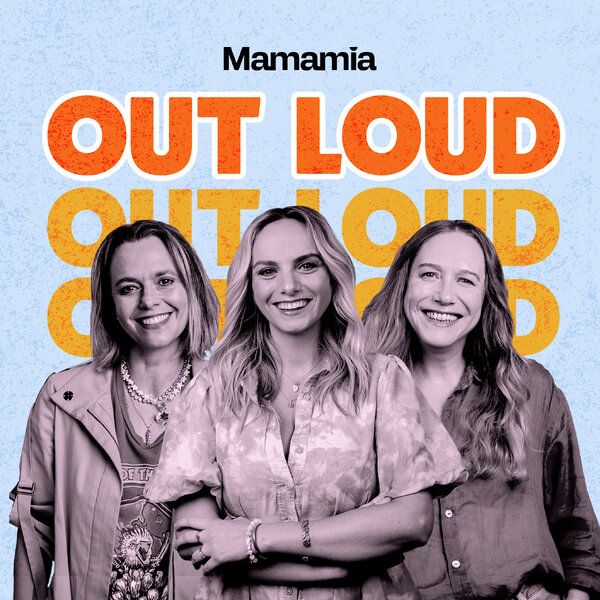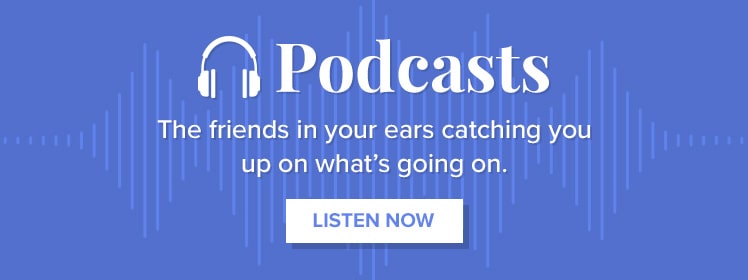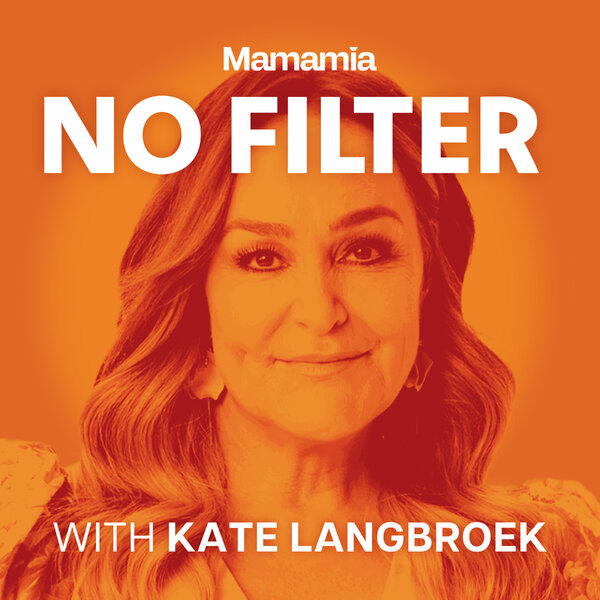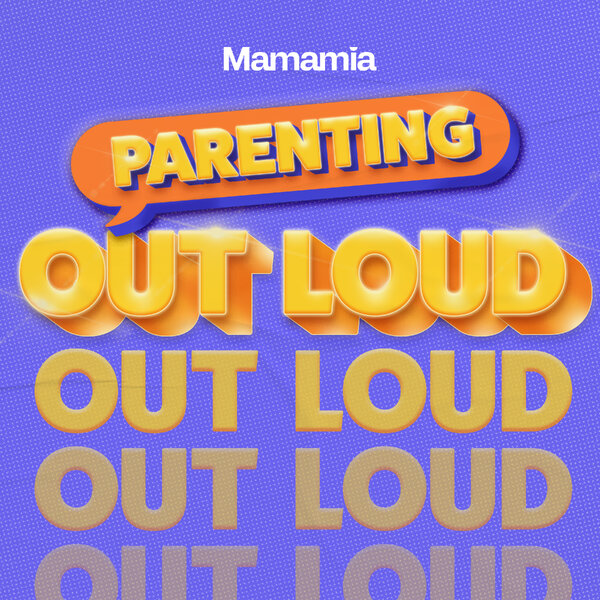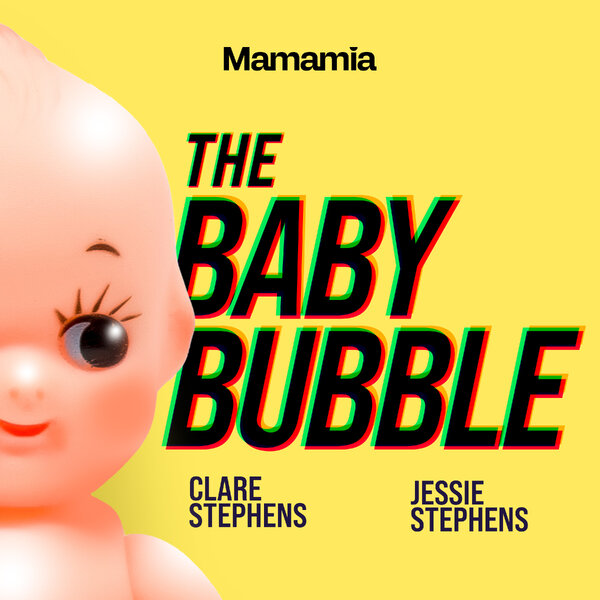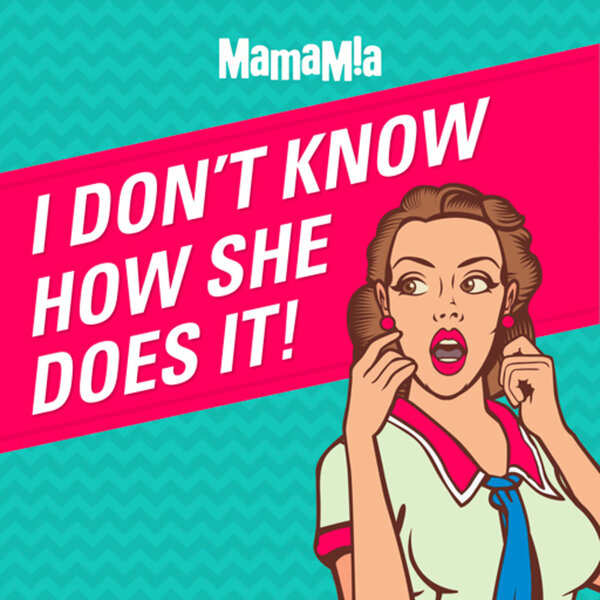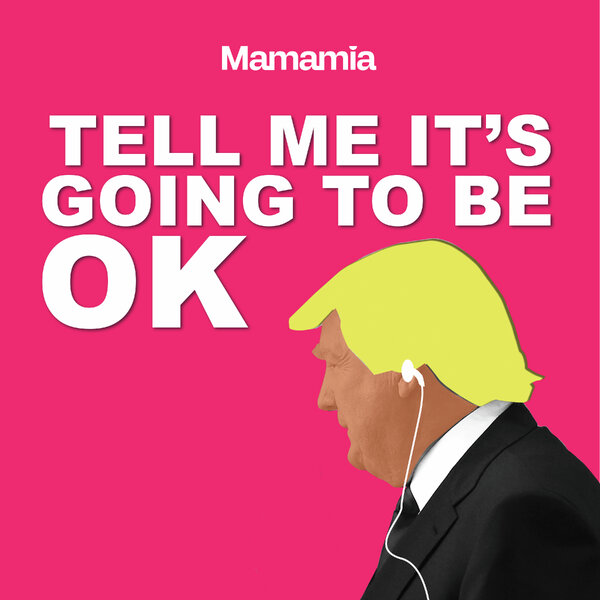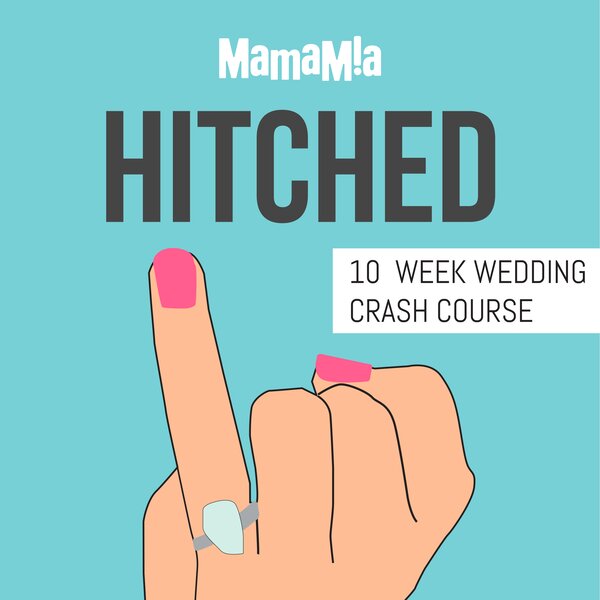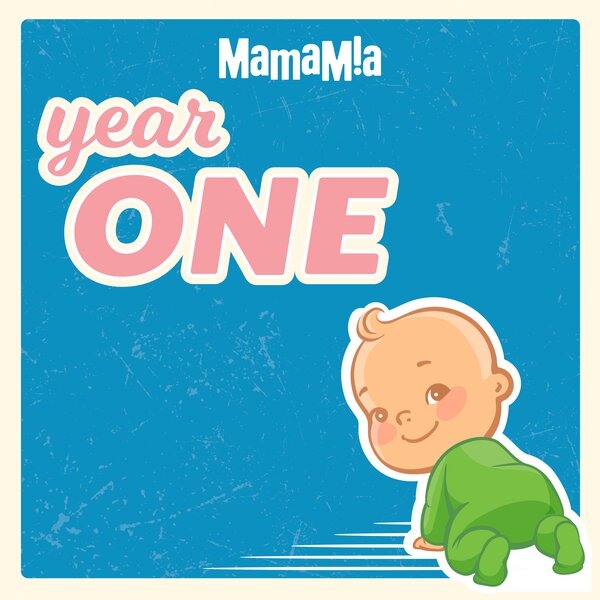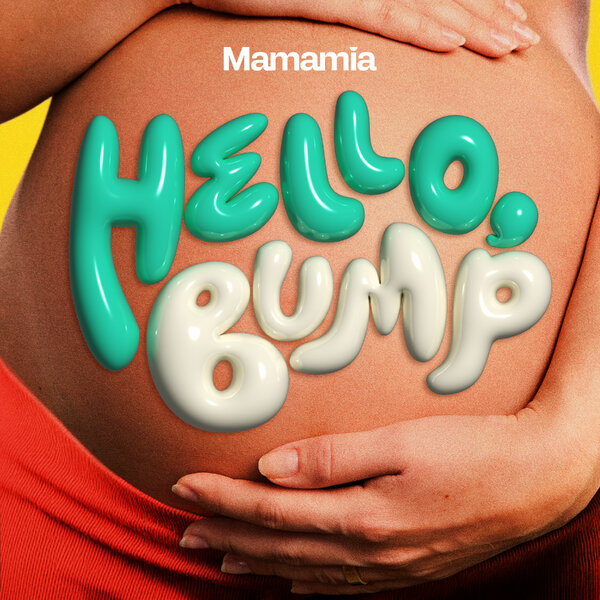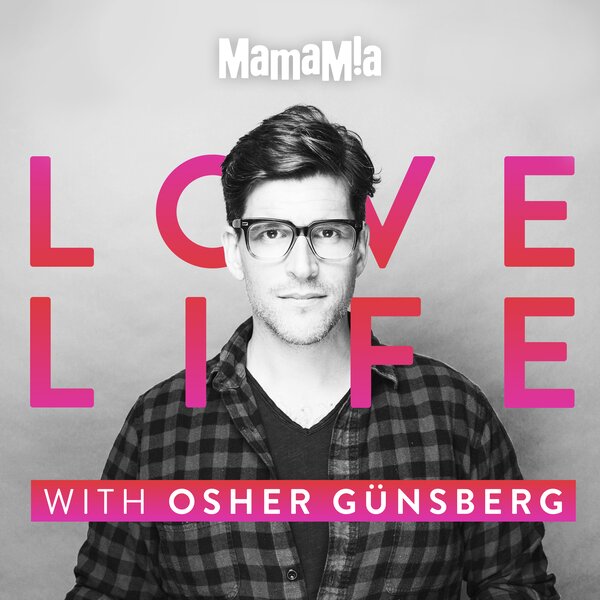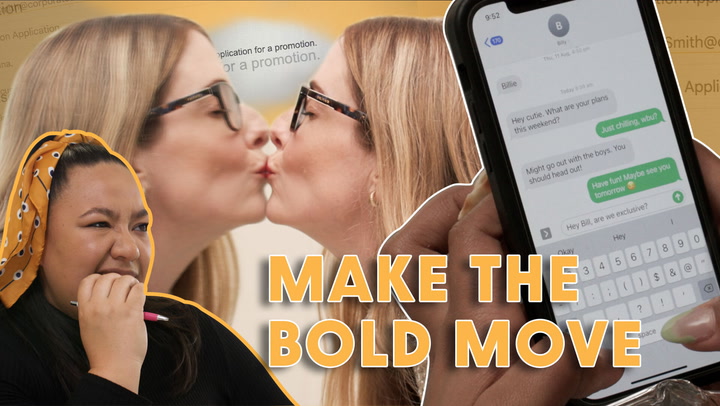By Paul Donoghue, Colin Gourlay, and Ben Spraggon.
1. The overall election winner
It’s the main question of the night: Labor or the Coalition?
Let’s not forget, though, that six years ago Australians just couldn’t pick a clear winner at the polls and no-one could govern in their own right. It was then up to the independents to decide who they’d back to form government, and (after a long speech by independent Rob Oakeshott) they eventually installed the Labor Gillard government.
2. Barnaby versus Tony
Deputy prime minister Barnaby Joyce is not certain of retaining his seat of New England, which he first won in 2013. His opponent: a resurgent Tony Windsor, who served in the seat for 12 years before retiring at the 2013 election.
There’s no known margin here: technically it’s a safe-as-houses Nationals seat, but that data is from a period before Windsor announced his return to the fold, so anything looks possible.
3. The X factor
South Australian independent Nick Xenophon has caused all kinds of jitters this election among the two major parties.
Polling indicates the senator’s new Nick Xenophon Team (NXT) is on track to win Upper House seats in addition to Xenophon’s own, and ABC election analyst Antony Green thinks it’s breaking down the two-party duopoly, which is pretty significant.
4. Team X takes on Pyne
Xenophon’s party is also running candidates in the Lower House, and the senator’s home turf of South Australia is its dominant target.
“That [state] may see the biggest diversion from traditional voting trends in Australia,” Antony Green told the ABC’s Party Room podcast.

